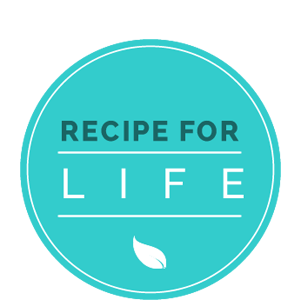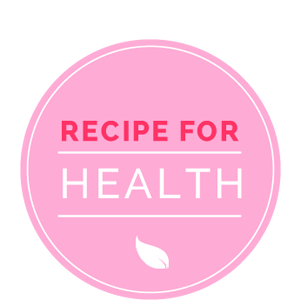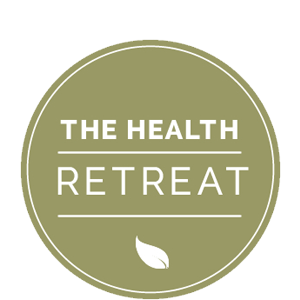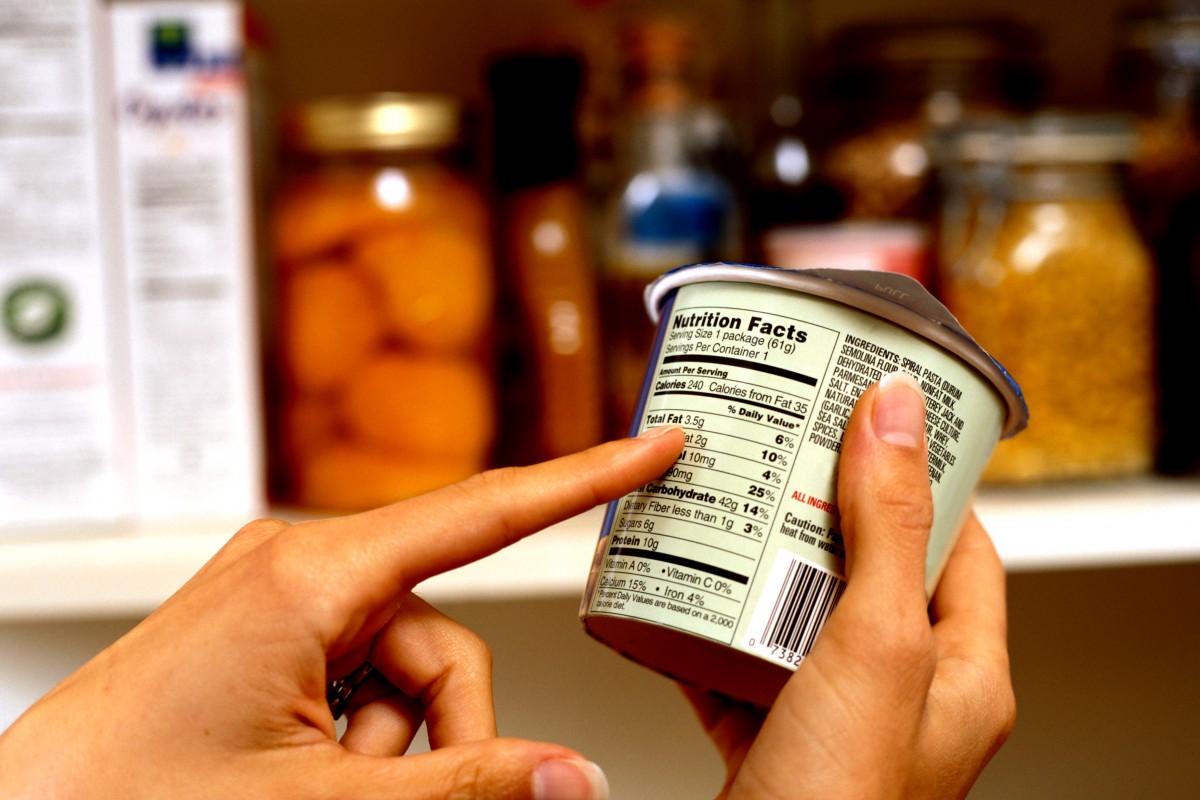How to Read Nutrition Labels on Products
Reading and interpreting nutrition labels on food products can sometimes seem like a near-impossible task, and with all manner of outlandish nutritional claims we see plastered all over food packaging nowadays, the task becomes even more difficult. Mainly because the writing is so small that we can’t even see them, but moreover they are written in such a way that the layperson has no clue what they mean. I say that you should get savvy on this as it really matters what these labels say…
So how do we simplify matters so that we can make better sense of exactly what we’re putting into our bodies?
Let’s take a look at the key points you should be looking at when you read nutrition labels so that you don’t spend too much time worrying about the minutia while missing out on the more important factors.
Serving Size
The first thing you should consider is that the stated serving size might not necessarily be proportional to the size of the portions you eat.
Food manufacturers will often cite a very small serving size on their nutrition labels in order to make their product appear as if it contains less fats, carbohydrates, and overall calories than it really does, thereby making it more appealing to hapless consumers.
In order to not get caught out by this sneaky tactic, it’s best to either adhere strictly to the stated serving sizes or simply work on a per-hundred-grams or per-ounce basis so that you have a more reliable metric for measuring your food intake.
Protein
Protein is essential to our survival and our bodies need to for immune and hormonal function as well as for growth and repair of skin, muscle, hair, and bone within the body.
Individual protein requirements can vary greatly depending on your age, gender, and activity level, but you should aim to consume anything from 10-40g of protein with each of your meals. Another simple method of weighing this up is by looking at the palm of your hand and that size is the amount per day that you need to consume. Some people who are on high protein diets do not agree with me on that, but I am not a great believer in high protein diets, so basically you need to think about this on a personal level and feel comfortable in what you do.
Trans Fat
There are few things which absolutely should be avoided at all costs, and trans fats are one of them.
This includes hydrogenated and partially hydrogenated fats and oils, so be sure to check both the ingredients list and the total fat content to ensure you’re not consuming these obesity-promoting, cancer-causing toxins.
Carbohydrates & Fibre
The Total Carbohydrate figure is subsequently broken down into dietary fiber, sugars, and other carbohydrate, so you should ensure that your meals contain at least a few grams of fibre per serving.
Sugar serves absolutely no benefit to the body and is actually as toxic for us as alcohol, so you must ensure that you keep your sugar consumption to an absolute minimum, and if possible, eliminate it from your diet altogether. Anything that is listed on a food product such as ‘syrup’, ‘sweeteners’ or words ending in ‘ose’ IS A SUGAR. For example, fructose, maltose, glucose. Sometimes there will be small amounts of many different types of sugars masquerading as apparently healthy ingredients such as honey or rice syrup. These are sugars! Fruit juice concentrate is often seen on the back of a packet, such as ‘grape juice’, or ‘apple juice’ and anything that is so concentrated to become an additive is devoid of any nutritious quality and is basically just more sugar. There are plenty of ‘code’ words for sugar, so be on your guard! One thing, Lactose is naturally occurring in milk products so that is acceptable and unavoidable.
What Not to Pay Attention to
Details such as vitamin and mineral content, and recommended daily intake of various nutrients are really not worth paying attention to.
Many processed foods are devoid of nutrition and must therefore be fortified with essential nutrients by artificial means, but it’s important to understand that our bodies can only absorb nutrients if they are eaten in the right forms and are combined with the correct foods to facilitate absorption into the bloodstream.
Recommended daily food intake figures are also grossly generalized and are therefore not relevant to many people, as your overall protein, fat, and carbohydrate requirements will vary significantly depending on factors such as your insulin sensitivity, your weight and body fat level, your age, your gender, and your activity levels.
What to avoid
Avoid all foods that make claims that they are good for your heart health, foods that say you will lower your cholesterol or blood pressure.
Avoid foods that say ‘low fat’, ‘low sugar’ ‘low salt’, as something else has been added to make this food taste good. Avoid foods in packets with sell by dates a year hence! Avoid packet food altogether if you are brave enough as nothing in a packet from a shelf with end dates years ahead simple cannot contain anything that is nutritious and good. Canned sardines and other oily fish like mackerel is OK to eat, in fact if you need to up your omega 3 and 6 these are a good bet. The canning process is still seen as acceptable.
I could go on, but will leave you with that little lot to digest and would I would appreciate your questions and thoughts. Hope this is helpful!





